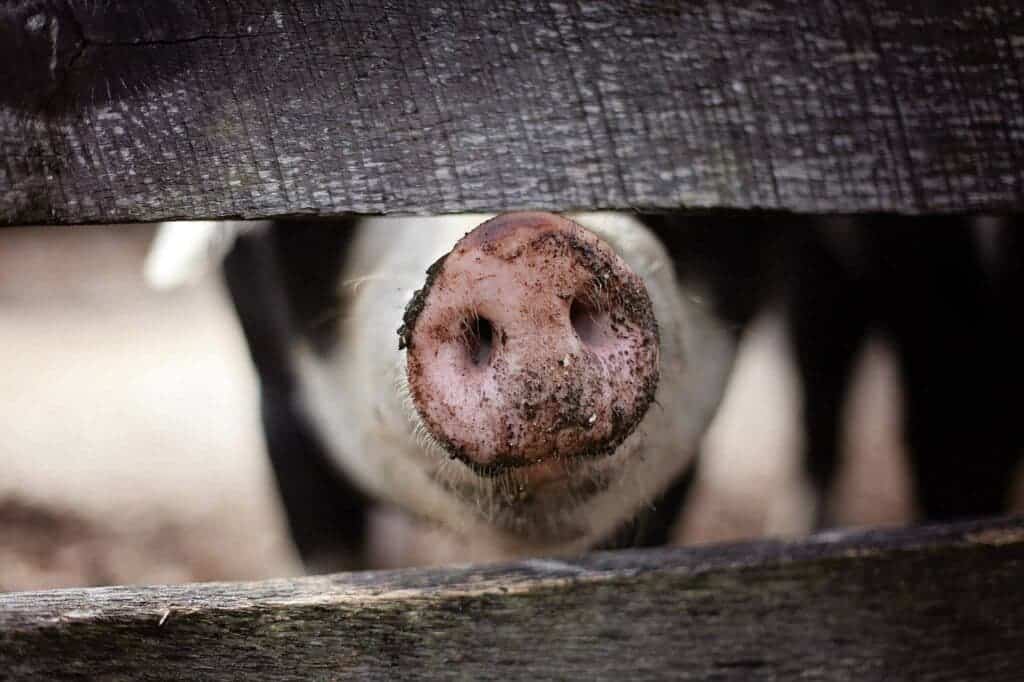
Just two months after they successfully grafted a pig kidney to a human, researchers at NYU Langone Health have performed a second surgery. In both instances, all went according to plan, which suggests that perhaps not too far into the future, animal-to-human transplants, or xenotransplantation, could become the norm, solving our organ donation crisis that kills thousands each year on the waiting lists.
“We have been able to replicate the results from the first transformative procedure to demonstrate the continued promise that these genetically engineered organs could be a renewable source of organs to the many people around the world awaiting a life-saving gift,” says Dr. Robert Montgomery, Professor of Surgery and chair of the Department of Surgery at NYU Grossman School of Medicine. “There is much more work to do before we begin living human trials, but our preliminary findings give us hope.”
During the first transplant, the kidney of a genetically modified pig was attached via a large blood vessel to a brain-dead patient from outside the body. Out of all mammals, a pig’s organs are the most compatible with those of humans in terms of size and metabolism, which explains why scientists chose this animal.
However, the pig from which the kidney was sourced still required genetic modification because the animals produce a sugar molecule called alpha-gal that humans do not. Biocompatibility can make or break a transplant and issues can appear even between organs sourced from humans, not to mention those belonging to an entirely different species. The pigs used in this transplant were bred by biotech firm Revivicor and lacked the alpha-gal gene.
In this recent, second procedure, the kidney was transplanted into a functionally dead organ donor whose vital functions were kept operational using a ventilator. The kidney was attached externally through a blood vessel in the upper leg. This was rather out of practical reasons. The kidney could have been placed internally in its normal position just as well.
The pig kidney was covered in a protective shield and kept under observation for the 54 hours the life-support machines were running. It functioned as expected with urine production and creatine at normal levels, equivalent to what you’d expect to see in a human kidney transplant. There were no signs of organ rejection throughout the procedure and observation period.
“We continue to make progress with the single-gene knockout xenotransplantation,” says Dr. Montgomery. “With additional study and replication, this could be the path forward to saving many thousands of lives each year.”
Clinical trials with live patients are probably a long time into the future as scientists still have to jump through many regulatory and safety hoops before they can attempt crossing such a truly revolutionary milestone. But the efforts are worth it. More than 90,000 people are on a kidney transplant waiting list in the United States alone, and many die before they get their turn.









